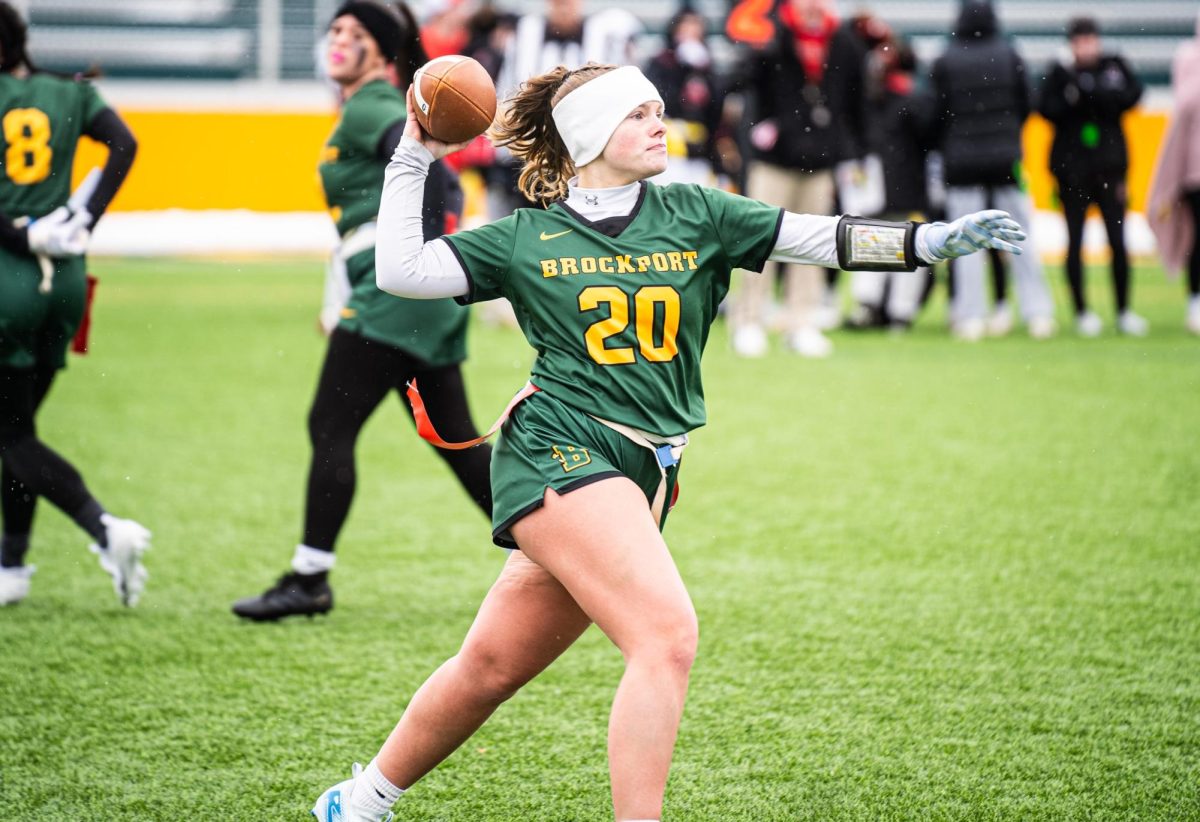By: Corinne Richardson
Community colleges in the U.S are in a crisis. Without the proper funding and staff, they can’t always help all students who need it. Reseach shows, only 38 percent of students entering community college complete a degree or certificate within six years. As a result, students could feel unprepared to enter the workforce or transfer to another college. This could possibly be on both the student and the issues community colleges are facing.
STAFFING ISSUES
In Western New York, Monroe Community College can see these staffing problems from time to time.

Monroe Community College Brighton N.Y building Photo/ Google
Chairperson of the visual and performing arts department, Jason Flack is unsure sometimes about who to reach out to for what he needs.
“If people leave and they don’t get replaced, someone just absorbs that job. From my point of view as a chair here, I’m always unsure of who I should go to, to do certain things because those people might not be here anymore,” said Flack.
Flack also acknowledged this can seem frustrating to students who go to an office for help and have to wait longer than normal or get redirected somewhere else.
Being a first-generation student from a low-income family can often end up with community college being the only option for further education. Without any help these students can easily shy away or give up before the year ends.
Stephanie Holmes dropped out of MCC in 2021. She felt like she wasn’t given the proper tools to succeed.
“I got little to no help anytime I had any kind of issues. I was a low-income student and no one in my family who went through this either. It became a very depressing place to be for me. I didn’t feel like the staff cared about their students and that’s a tough thing to deal with. I felt like the staff was miserable,” said Holmes.
The enrollment rates for community colleges have dropped significantly in the past two years. These students seem to be avoiding college or dropping out shortly after they enroll.

Thinkimpact 2022 chart of college dropout rates Photo/ Google
“I feel like the community college staff doesn’t care as much because it’s a low-income place,” said Holmes.
STUDENTS PART IN THE PROBLEM
MCC Admissions employee, Nic Valvano would argue it’s more of a student’s problem. Reseach shows a student’s success is directly linked to the student’s involvement. He knows the resources that are available, and the call centers students can access throughout the college.
“I think it’s more on society. Maybe the kids aren’t asking for help because they feel too burdened or nervous. Especially if you’re a first-year student, you’re moving from high school and its completely new ground,” said Valvano.
Flack also shares a similar perspective on the issue.
“Maybe these students are not aware that these opportunities exist, or they don’t know where to get them. The student just needs to be comfortable going to their professors and saying they need extra help. The resources are there and largely underutilized,” said Flack.
READINESS FOR THE WORKPLACE
Another struggle community colleges are facing is whether these students are ready to work after they graduate. Research shows many employers don’t feel as if students with just an associate degree are ready to work.
A graduate from Monroe Community College, Corwin Perry tried to enter the workplace after community college and went back to school.
“Right now, I don’t think I’m ready for any kind of full-time job. I tried that for a bit and ended up going back to school because of how dreadful it was,” said Perry.
about 54% returned to the same community college a year later.
TRANSFERRING
Many students often transfer to pursue their bachelor’s degree. However, the transfer process can be a nightmare and half of their hard work may not be accepted or used at their new college.
Reseach shows 81 percent of students in a community college say they want to transfer to pursue a bachelor’s degree, only 15 percent do after six years. Students often find out that their financial aid will not be enough to cover their new tuition prices. About 33% of students in community college received a federal Pell Grant in 2016.
Perry transferred to SUNY Oswego and lasted one semester due to various reasons.
“When I transferred it was extremely difficult, though that is not through any fault of MCC. They can’t change how the system works. I keep finding myself coming back to MCC because I don’t know what to do with myself,” said Perry.
Unfortunately, 43% of a community college student’s credits are lost when transferring from one college to another. Which can make it difficult on the student to decide their next move.
Community colleges around the U.S are struggling. However, some are doing quite in spite of the man challenges they face. The attitude and ambition of the staff and students may play a huge role in how successful they might be. Looking into the resources your school has could possibly help your long-term educational goals.


























